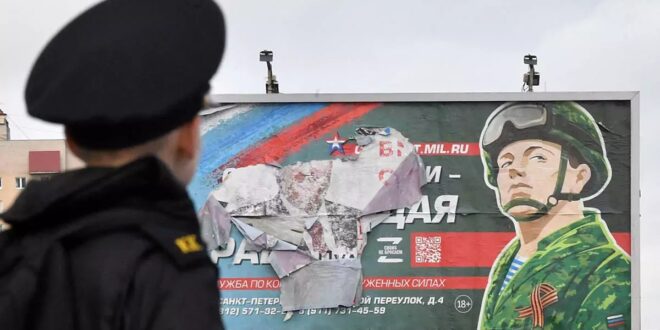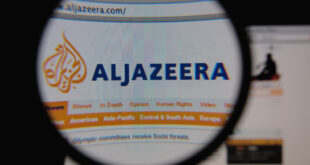Governments most directly affected by Russia’s war on Ukraine all worry about sustaining domestic support for their policies. One year in, however, they have managed this problem with surprising success.
When Russia invaded Ukraine in February 2022, leaders in Kyiv and Moscow alike betrayed real doubt about support for the war on the home front. Russian President Vladimir Putin criminalized use of the word “war,” ruled out mass mobilization, and chose not to put the economy on a war footing. Before the war had even started, similar fears—of domestic panic and ethnic division—led Ukrainian President Volodymyr Zelenskyy to downplay the risk of conflict altogether.
In Europe, both policymakers and commentators wondered whether a tough anti-Russian response would be sustainable, worrying that Moscow’s dominance as an energy supplier would enable it to blackmail its Western customers, and that too many members of the European Union (EU) and NATO—both of which need unanimity to make decisions—were reluctant to challenge Russia.
Anxiety about domestic support was less pronounced in the United States, but partisanship and political polarization fed doubt even there. On the left, some lawmakers pressed Biden [PDF] last October to pursue open talks with Russia and work toward a ceasefire; on the right, the new Republican majority in the House of Representatives was widely expected to challenge the Biden Administration’s alleged “blank check” approach to helping Kyiv.
All these fears now look overblown.
How the Home Front Responded
Russia. Although Western governments put in place the most comprehensive sanctions regime ever assembled against a major power, for most Russians the impact on everyday life has been marginal. Energy export revenues stayed high, and importers found new ways to bring in foreign goods. When Putin finally settled on a partial mobilization program last fall, hundreds of thousands of draft-age men did flee the country, but a similar number were conscripted, troop levels increased, and organized protest was slight (even among ethnic minorities most subject to call-up). While the true depth of patriotic support for the war remains unknown, state propaganda seems to have created a solid base of nationalist sentiment. Those who say Putin has done too little to win the war are more vocal—and more tolerated—than those who question it.
Ukraine. Daily life has been deeply altered by the war, yet intense hardship appears to have unified, not divided, Ukraine. Ethnic and regional differences have been muted. Measures that would have been controversial before the war—like media controls or pressures on the Moscow-oriented Orthodox church—have produced little pushback. The anti-corruption campaign that the government recently began suggests confidence that disruptive new measures will not hamper the war effort.
European Union. European governments have won similar public acceptance of costly policies. Once expected to break up ruling coalitions, higher utility bills and still-high fuel prices have had minimal political impact. The factional discord that might have divided parties sensitive to potential voter unhappiness has barely registered. Members of the EU and NATO who might have challenged the strong anti-Russian majority of each organization have not used their vetoes.
United States. The same pattern has been visible in American public sentiment. Slower inflation and declining fuel prices by the end of 2022 have kept Ukraine from becoming a true pocketbook issue. Opinion polls show smaller majorities favoring support for Kyiv than a year ago, but there has been no organized congressional challenge to existing policy. The most influential committee chairmen in the new Congress have actually berated the Biden team not for doing too much but for doing too little—and too slowly.
Sustaining a Positive Outlook
The mere fact that governments can build support for their policies in the first year of war does not mean they can sustain it. But attitudes locked in at the start of a conflict can prove durable—and hard to dislodge unless facts on the ground change dramatically.
A desire to prevent any shock to public support explains the heavy investment both Moscow and Kyiv are making in the bloody battles around Bakhmut, whose significance—for both sides—may be more symbolic than strategic. Putin wants to notch a victory of some sort; Zelenskyy’s government does not want its public, or its Western backers, to think the tide is turning in Russia’s favor. Western governments are increasing the quality and quantity of aid to Ukraine for similar reasons; no one wants to be blamed for military setbacks down the road.
After a year of war, all parties to the conflict seem confident that they can sustain domestic support. None of them knows, of course, what will happen if defeats mount up, if a stalemate takes hold, or if economic burdens worsen. But for now, success on the home front means the war will go on—and could even intensify.
 Eurasia Press & News
Eurasia Press & News


